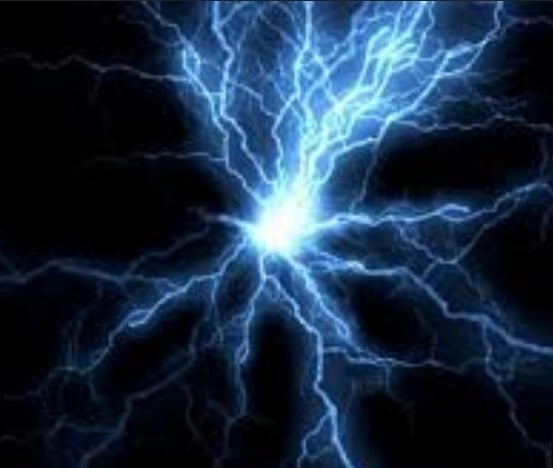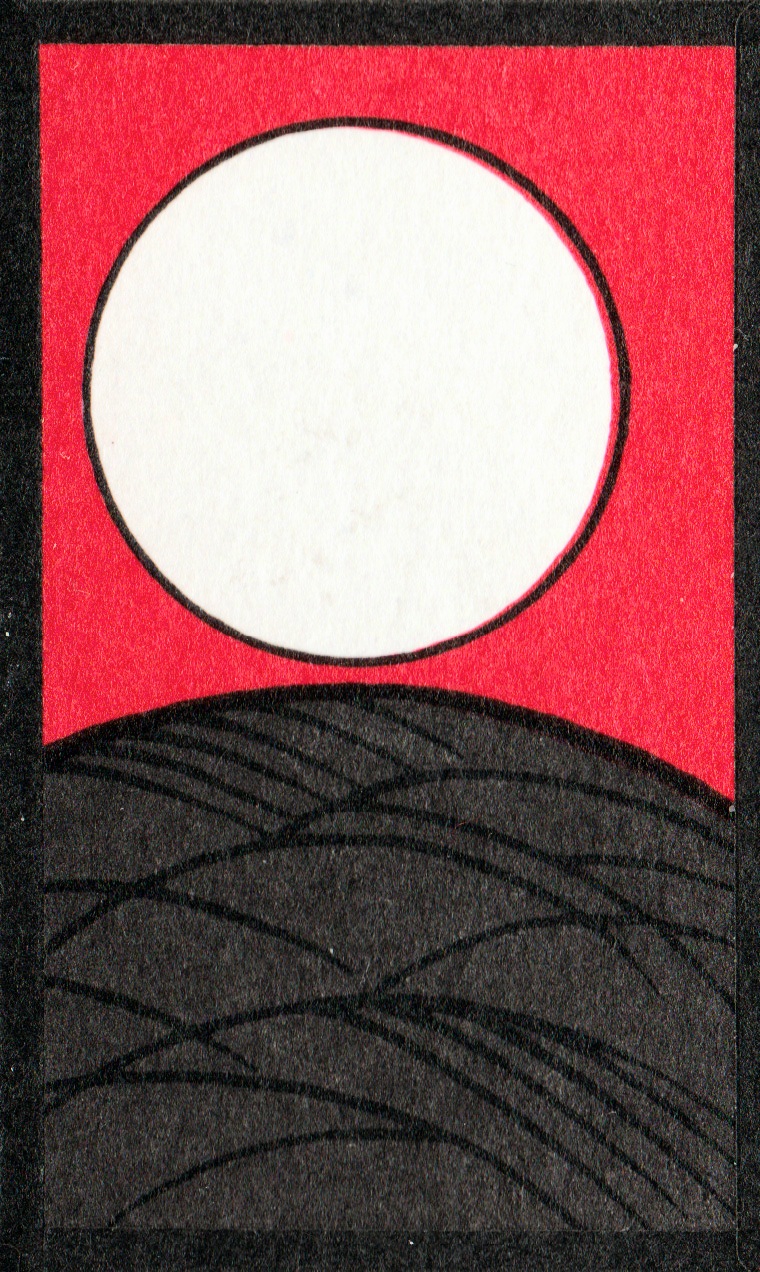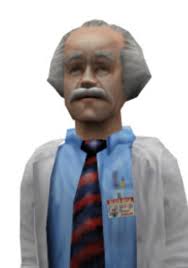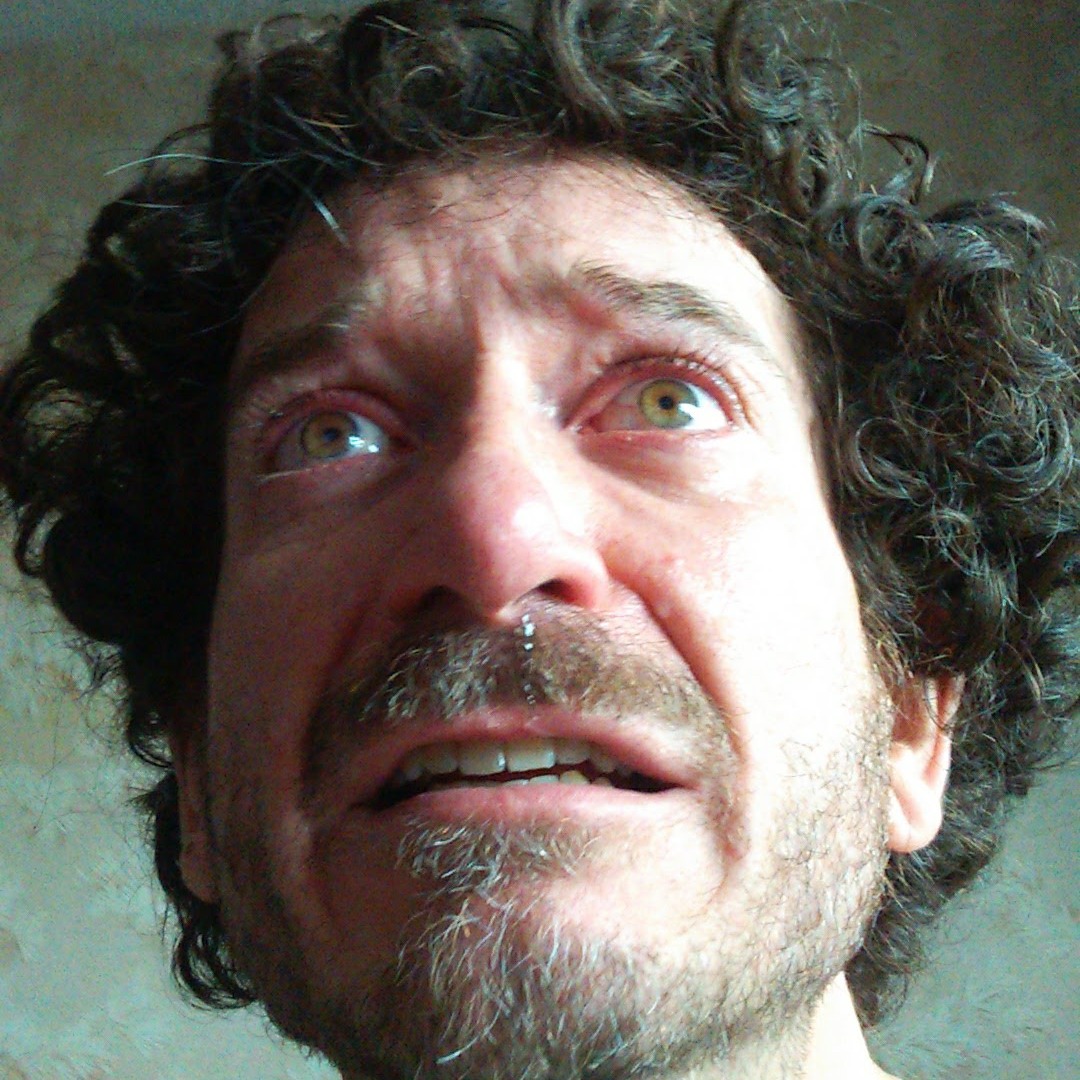At work we somehow landed on the topic of how many holes a human has, which then evolved into a heated discussion on the classic question of how many holes does a straw have.
I think it’s two, but some people are convinced that it’s one, which I just don’t understand. What are your thoughts?
How many holes does a donut have?
Now make the donut higher. A lot higher. Now you have a donut-tunnel. Now make the walls thinner. Now shrink it. Now you have a straw.
One hole.
Now take that straw and tie a knot in the middle of it.
That doesn’t change the topology though. Or at least you can’t without it no longer being a straw.
A straw is the product of a circle and an interval. Either the knot doesn’t fully seal the interval, meaning it’s topology is maintained, or you completely seal the straw, changing it from 1 long interval to 2 separate intervals, changing the object entirely.
In this situation, the straw would not be completely sealed. It is clearly inefficient, but technically there exists a path for which there is a level of force that could applied that would make the straw function.
Take a sealed tin can. Punch a hole in it. Punch another hole in it. You now have one hole.
No, but that’s two holes. And it’s because the holes are not connect by a single, unbroken cylinder. It’s the material at the edge of those holes and the 90° turn at the corners that makes the holes disconnected.
The edges and corners mean nothing for the purposes of counting holes. Counting holes is a concept of topology that relies on continuous deformation. All non-opening features of the object just get squished and stretched away in the process of identifying holes.
For the purpose of counting holes a can with two openings punched into it is equivalent to a donut which we know has only one hole.
This seems overly reductionist to the point where I could just as easily describe my mouth and my anus as the same hole.
Yeah, that’s a concept that gets covered extensively in anatomy, immunology, and microbiology. It’s called “the donut model”. This is not a joke. It clearly shows how your digestive system is exposed to the outside world, similar to skin. You can obviously see why this is important immunologically, since germs can just get into the mouth/butthole in a way that they can’t penetrate skin.
It’s one long hole.
that is actually the case. there is an unimpeded path from your mouth to your anus
Because they are the same hole. Welcome to topology
It’s perfectly reductionist. You have defined our biology in exactly the same way medical texts do.
Now you’re getting it!
Yes. It’s called the gastrointestinal tract.
They did the math!
I understand geometrically they have the same number of holes but in my head straws still have two holes because they have an “inside” so both entrances to the inside have to be a hole.
That’s because a straw has two more holes than a sphere.
Classic topology question. Absolutely one hole; it goes all the way through.
Of course, connotatively, two is a fine assessment, but not in topology.
How many holes does a donut have? Now just try to image the real difference between a straw and a donut. Is there one, aside from deliciousness?
Deliciousness here is only limited by bravery.
Taste. Edibility is relevant to bravery, not enjoyability.
That’s nice but topology is quite removed from everyday language. A hole in the ground is a hole.
A hole that goes all the way through earth is still one hole
I completely agree. That’s what I’m saying. Topologically if you dig into the earth with a shovel, it hasn’t changed at all; there is no hole, but connotatively there clearly is.
And what I’m saying is that answering this with topology is quite misplaced because topology explicitly doesn’t deal with physical objects, ever. It uses very specific abstract definitions which cannot apply to everyday life.
That is not to say it isn’t useful. It’s an amazing discipline with wide applications, but answering questions about the properties of physical objects is not its intended use.
I was explicit that there are two topics here. You seem to agree. Why you think bringing up topology when asking a famous topology question that people like Riemann have been talking about for a few hundred years is just weird. That’s like saying you can’t talk about geometry when asking how many sides a house has. Feels very akshually.
how many holes does a donut have? one. a straw is just a tall plastic donut.
two holes… smdh… kids these days
What if you tie a knot in the straw? Still one?
Just copying my response to another comment asking the same:
That doesn’t change the topology though. Or at least you can’t without it no longer being a straw.
A straw is the product of a circle and an interval. Either the knot doesn’t fully seal the interval, meaning it’s topology is maintained, or you completely seal the straw, changing it from 1 long interval to 2 separate intervals, changing the object entirely.
In this situation, the straw would not be completely sealed. It is clearly inefficient, but technically there exists a path for which there is a level of force that could applied that would make the straw function.
Just tried it… I can’t suck liquid through.
Thats because you have weak-ass lips. Your mom could do it no problem.
My mom is dead… I asked your mom she said she sucks golf balls through hoses on the weekend as a warm up before hitting all the town glory holes
Just so we are all on the same page here… Y’all down voted science, you plebs
if it doesn’t go all the way through anymore, is it even a hole? zero.
A straw is geometrically the same as a circular piece of paper with a z depth of zero and a hole in the middle. Because the z depth is zero there is only one hole. As you add thickness the one hole remains. Therefore, a straw has one hole.
so, using this logic, how many holes does a human have? 2? 2 1/2?
deleted by creator
I counted the ears as 1 hole and the rest as another. Like If I put food in my ear it wont come out through the mouth or urethra.
Edit: I was wrong, the ears are indeed conected to the nasopharynx and I didn’t know that.
- Two ears, two eyes, two nostrils, one mouth, all connected to the anus.
ears? tell me this story…
You have to rip through a membrane unless you’ve had tubes implanted for the ears I think?
Yes I google it and discovered my mistake
I’m a weirdo who learned how to ‘click’ their ears (opening eustachian tubes on demand) on their own possibly before Google existed, and have done a little research between now and then :p
It’s just one long hole.
yup, answer is 1
It has two exits, one hole.
If you drill a hole in a block of wood you create one hole not two, note that whether or not the drill exits the opposite side, only one hole has been created despite differing numbers of exits.
What if you drill through a book?
You’ll be banned from the bookstore
Is the book closed before and then being opened after? The state of the book matters (and possibly the pages!)
I think its more or less the same, spacially. I think the distinction breaks down more with like a wiffleball, which I’d argue is one hole with many exits.
ah fuck now i’m gonna be thinking about this all night
I believe the confusion lies in the word “holes” when you are thinking about openings or exits. Just my 2 cents.
Yes, I agree. “Hole” is poorly defined. This isn’t a technical question about straws but a technical question about language.
That’s the gist of practically all philosophical thought experiments.
When is a heap of sand no longer a heap? I dunno, define “heap” and there’s your answer. It’s not going to be a useful answer though because the rest of the world doesn’t define the word with enough precision for the question to be meaningful in the first place. There is no authority on Earth that can do that. You can define the problem in precise mathematical terms but then it will NOT be the same thing as a plain-English “heap” and you’d be pulling a fast one if you acted like it was.
One of course, what a weird conversation to have.
If you make the straw less long, it’s a donut. And a donut obviously has 1 hole. So a long donut only has one hole. Q.E.D
I didn’t expect all the other comments to also use donuts to explain this
Poop. Beans. Here come the holes.
Mathematically It’s one. Think of a disk, like a CD, does it have one hole or two? One, right? Now imagine you can make it thicker, I.e. increase the height, and then reduce the outer radius… Making it progressively more straw-like. At what point does it stop having 1 hole and begin to have 2?
Topologically they’re the same shape.
I’m sure Matt Parker has a video on this topic in YouTube. Here
The specific field is topology fyi
If I dig a hole, how many holes is it?
Holes in the hole? 0
Holes in the top layer of the ground? 1
Zero unless you reach Australia
1 ‘hole’ if you can call it that. Imagine if the straw started life as a solid cylinder and you had to bore out the inside to turn it into a straw: if that were the case, you would drill 1 hole all the way through it.
Another analogy is a donut. Would you agree that a donut has just 1 hole? I would say yes. Now stretch that donut vertically untill you have a giant cylinder with a hole in the middle. That’s basically now just a straw. The fact you stretched it doesn’t increase the number of holes it has.
So as you begin to bore, that is one hole. But when you go through the other side, you have in fact made two holes. I think a donut can actually be thought of either as one hole or two holes, or more correctly; two holes that are the same hole.
Back to the straw; if you make another hole in the side of the straw half way up, would it still have one hole? Or two holes? Or three holes?
A bit like thinking of the human digestive tract, most of us would agree that your mouth is a different hole to your anus, but we agree that they are in two ends of the same system
You just blew my mind. Thanks.
Imagine if the straw started life as a solid cylinder and you had to bore out the inside to turn it into a straw
This would mean a straw has a hole, yes. It would be like a donut indeed - donuts are first whole, then have the hole punched out of them. This meets a dictionary definition of a hole (a perforation). A subtractive process has removed an area, leaving a hole.
But straws aren’t manufactured this way, their solid bits are additively formed around the empty area. I personally don’t think this meets the definition.
Your topological argument is strong though - both a donut and straw share the same topological feature, but when we use these math abstractions, things can be a bit weird. For instance, a hollow torus (imagine a creme-filled donut that has not yet had its shell penetrated to fill it) has two holes. One might not expect this since it looks like it still only obviously has one, but the “inner torus” consisting of negative space (that represents the hollow) is itself a valid topological hole as well.
On the matter of the doughnut: If you make them at home, you’re almost always just rolling a cylinder and then making it a circle. I have never actually punched a hole out of a doughnut. That would mess up the toroidal shape.
But also: So you’re saying a straw has 0 holes?
Maybe she’s not, but I am. An intact straw has zero holes. If you stick a pin in the side, it has one. If you stick a pin all the way through, it has two.
I’m more interested in humans. Is the mouth and anus two holes or one?
on average, seven. vsauce has a video on this
One long hole that goes all the way through the straw
I can’t even understand the thinking that produces 2.
What about zero? If you start with a flat sheet of paper, it has zero holes, loop it around on itself, does that creat a hole?
It’s just a flat plane with no holes curved around on itself.
By looping it on itself you’ve created a hole.
Ok how many holes does a Mobius strip have?
I mean, while I agree with the sentiment, I can understand the 2 holes side of the argument.
If you want to break it all down and super simplify it, you could argue that your digestive tract is a straw, so why do you differentiate between the start hole and the end hole?
I will not take that position though, because as I said, it’s over simplified.
I would argue that because a human is more complex than a straw, we need to differentiate between the holes we have.
A straw is simple. One straight hole all the way through. Maybe it has lots of curves but the ends of the straw are the same.
For a human, we have lots of curves to our “straw” but diffrent openings on each end.
I mean, we also have multiple sphincters, so there are many ‘holes’ in our straw, hence why I said in as many words as possible that I don’t believe that, and am not arguing it, but that I can understand the “supersimplified” understanding of things that can lead to that understanding using the human body as the common point that the ‘common sense’ 2 hole argument could originate from, whereas the person I was replying to said they couldn’t understand that kind of reasoning.














